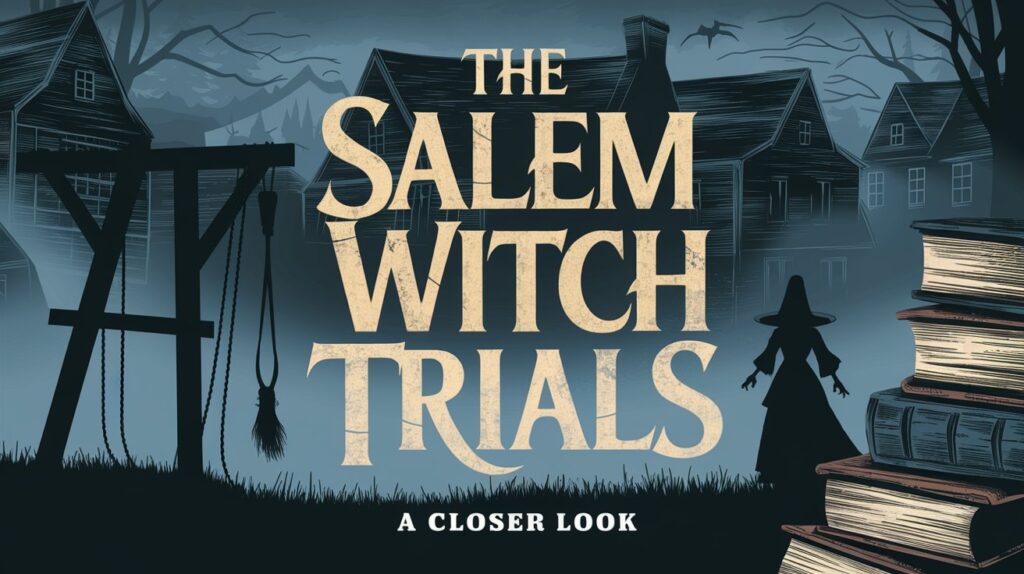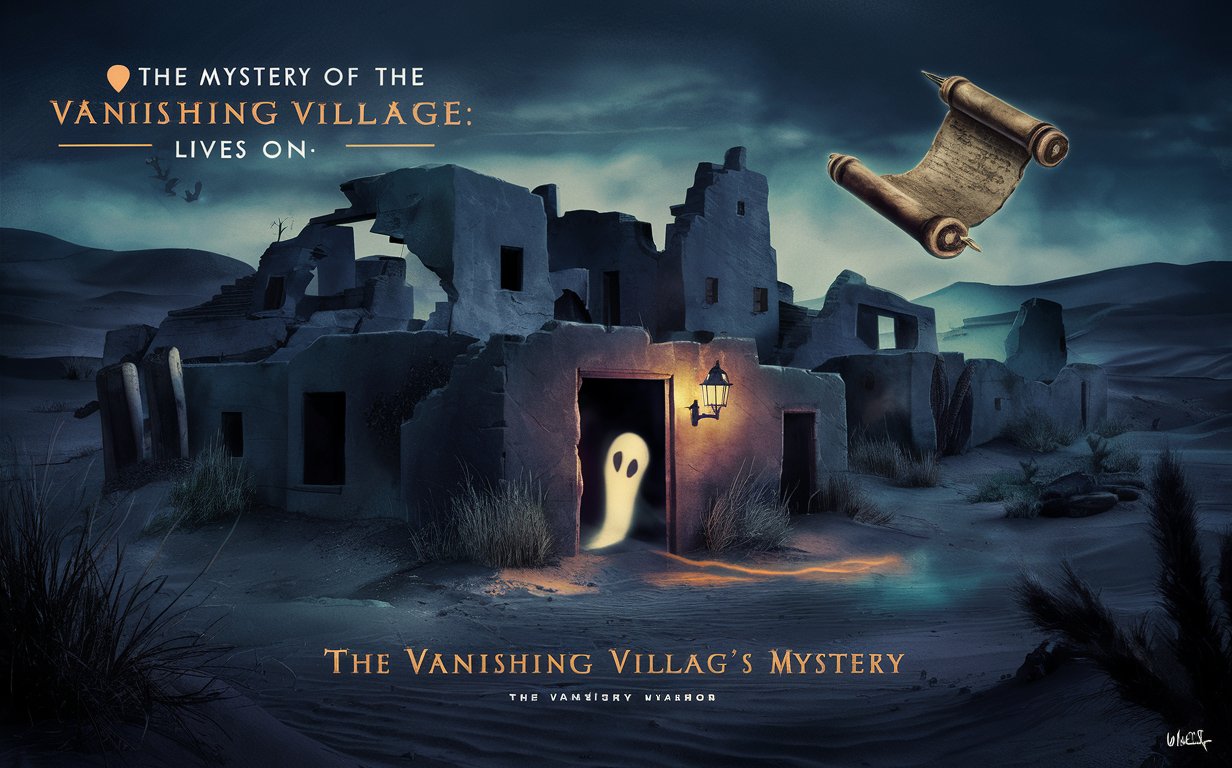The Salem Witch Trials: A Closer Look

Introduction
The Salem Witch Trials of 1692 remain one of the most notorious episodes of mass hysteria in American history. Occurring in the Puritan community of Salem Village, Massachusetts, these trials led to the execution of 20 people and the imprisonment of many others. This article delves into the background, key events, and lasting impact of the Salem Witch Trials.
Historical Context
In the late 17th century, New England was a society deeply rooted in religious fervor and superstition. Puritan beliefs emphasized the presence of evil and the constant threat of the devil. This environment created a fertile ground for accusations of witchcraft, particularly against those who were marginalized or viewed as different.
The Beginning of Hysteria
The witch trials began in January 1692 when a group of young girls in Salem Village, including Elizabeth Parris and Abigail Williams, began exhibiting strange behaviors and fits. The local physician attributed their symptoms to witchcraft, prompting a wave of panic. The girls accused several women of witchcraft, including Tituba, Sarah Good, and Rebecca Nurse, setting off a chain reaction of accusations.
The Trials
As accusations spread, the legal proceedings began. The courts used "spectral evidence," where the testimony of the afflicted girls was taken as proof of witchcraft, even without tangible evidence. Notable figures, including judges Samuel Sewall and William Stoughton, presided over the trials. The atmosphere was charged with fear, and many were convicted based on flimsy evidence.
Key Figures
Several key figures emerged during the trials:
- Tituba: An enslaved woman of Taino and African descent, Tituba was one of the first accused. Her confessions fueled the hysteria, as she claimed to have seen other witches and engaged in devil-worship.
- Reverend Samuel Parris: The minister of Salem Village, Parris played a significant role in the trials, as his daughter and niece were among the initial accusers. His influence exacerbated the panic.
- Judge Samuel Sewall: One of the judges at the trials, Sewall later publicly confessed his regret over the proceedings, highlighting the moral complexities of the era.
The Aftermath
The Salem Witch Trials began to lose momentum by late 1692 as public opinion shifted. The use of spectral evidence became increasingly questioned, and many prominent figures began to denounce the trials. In 1693, Governor William Phips dissolved the court, and by 1697, the Massachusetts General Court declared a day of fasting and soul-searching for the tragedy.
Legacy and Cultural Impact
The legacy of the Salem Witch Trials endures in American culture as a cautionary tale about the dangers of mass hysteria, scapegoating, and the breakdown of due process. They have inspired countless works of literature, theater, and film, including Arthur Miller's play "The Crucible," which draws parallels to the McCarthy-era witch hunts of the 1950s.
Conclusion
The Salem Witch Trials stand as a profound reminder of the consequences of fear and intolerance. The events of 1692 reveal the fragility of justice in the face of mass panic and the human capacity for both cruelty and redemption. As we reflect on this dark chapter in history, it serves as a call to uphold reason, compassion, and justice in the face of fear.



Post Comment